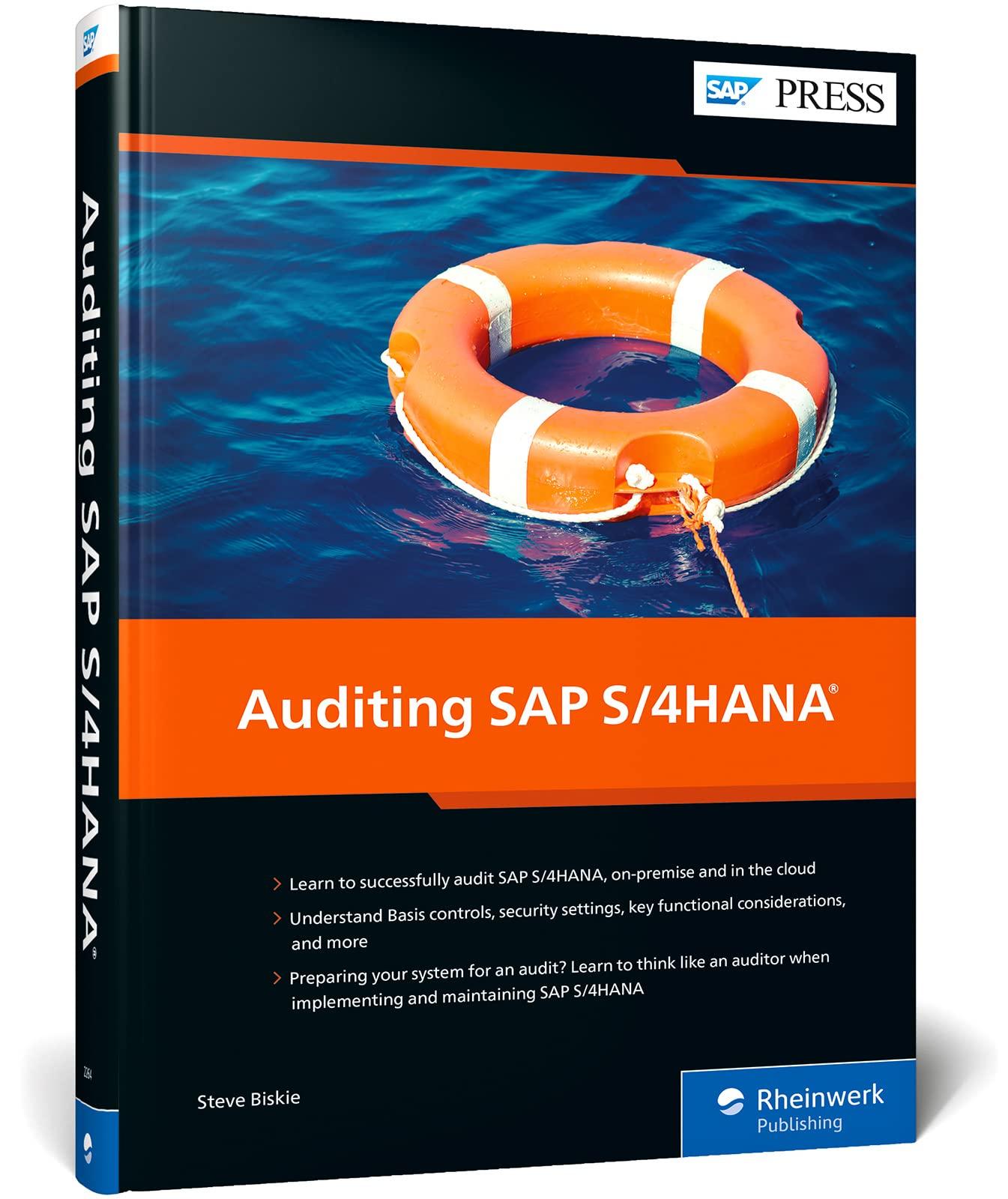Question
Bronx Resources Company (BRC) has several divisions. However, only two divisions transfer products to other divisions. The Mining Division refines component K72, which is then
Bronx Resources Company (BRC) has several divisions. However, only two divisions transfer products to other divisions. The Mining Division refines component K72, which is then transferred to the Metals Division. The component K72 is processed into an alloy by the Metals Division, and the alloy is sold to customers at a price of $150 per unit. The mining division is currently required by BRC to transfer its total yearly output of 400,000 units of component K72 to the Metals Division at total actual manufacturing cost plus 10 percent. Unlimited quantities of component K72 can be purchased and sold on the open market at $90 per unit. While the Mining Division could sell all the component K72 it produces at $90 per unit on the open market, it would incur a selling variable cost of $5 per unit.
Bill Adams, manager of the Mining Division, is unhappy with having to transfer the entire output of component K72 to the Metals Division at 110 percent of cost. In a meeting with the management of BRC, he said, Why should my division be required to sell component K72 to the Metals Division at less than market price? For the year ended in May, Metals contribution was just over $19 million on sales of 400,000 units, while Minings contribution was just over $5 million on the transfer of the same number of units. My division is subsidizing the profitability of the Metals Division. We should be allowed to charge the market price for component K72 when transferring to the Metals Division.
The following table shows the detailed unit cost structure for both the Mining and Metals divisions during the most recent year:
Mining Division Metal Division
Transfer price from Mining Division - $66
Direct material $12 $6
Direct labor $16 $20
Manufacturing overhead (note 1) $32
Manufacturing overhead (note 2) $25
Total cost per unit $60 $117
Note 1: Manufacturing overhead cost in the Mining Division is 25% fixed and 75% percent variable.
Note 2: Manufacturing overhead cost in the Metals Division is 60% fixed and 40% percent variable.
Required: You must provide all the detailed supporting calculations.
- Explain why transfer prices based on total actual costs are not appropriate as the basis for divisional performance measurement.
- Using the market price as the transfer price, determine the contribution margin for both the Mining division and the Metals Division.
- Use the general transfer-pricing formula to compute the lowest transfer price that would be acceptable to the Mining Division.
- If BRC were to institute the use of negotiated transfer prices and allow divisions to buy and sell on the open market, determine the price range for component K72 that would be acceptable to both the Mining Division and Metals Division. Explain your answer.
- Identify which one of the three types of transfer prices (cost based, market-based, or negotiated is most likely to elicit desirable management behavior at BRC. Explain your answer.
Step by Step Solution
There are 3 Steps involved in it
Step: 1

Get Instant Access to Expert-Tailored Solutions
See step-by-step solutions with expert insights and AI powered tools for academic success
Step: 2

Step: 3

Ace Your Homework with AI
Get the answers you need in no time with our AI-driven, step-by-step assistance
Get Started


